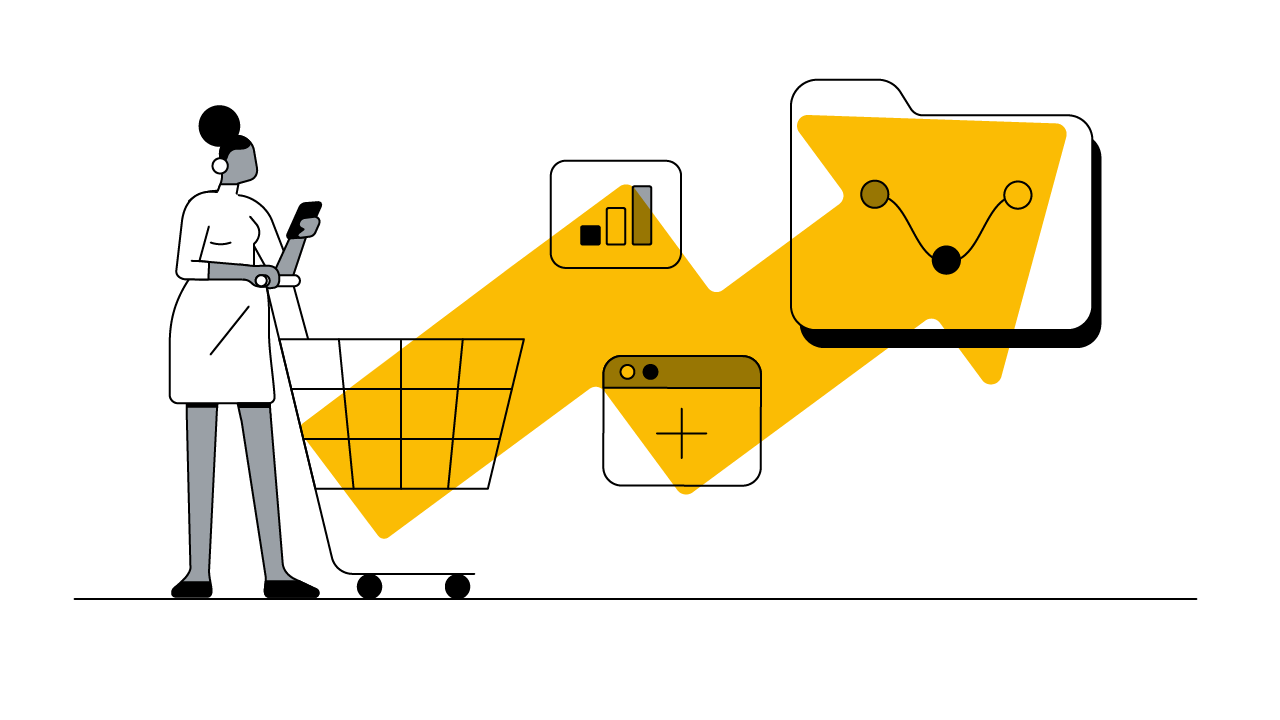Back to Basics is a new Think with Google Canada series where Google experts explore digital marketing best practices.
Audience strategies are designed to help marketers break up their customers into meaningful segments to improve the effectiveness of their messaging and investments. But during times of uncertainty and change we often see new customer behaviours and needs, forcing marketers to revisit their audience strategies to ensure these needs are being addressed.
Here are three considerations when re-assessing and adjusting your audience strategy during times of change.
Anchor your audience strategy in retention
When crafting an audience strategy, it’s important to locate and understand who your most valuable customer is. While this audience shouldn’t be your only focus, it’s important to recognize the needs and differences of those most likely to support, or continue supporting your business.
To help determine this segment, use your first-party data through offerings like Customer Match. It allows you to reach and re-engage with customers through several Google products using information they have shared with you. Google Analytics produces something called a Smart List, which uses machine learning to determine which customers are most likely to convert and focuses on those users.
Once you’ve determined your segments, cater creative to represent important audiences, rather than the broader group of consumers. For example, you will want different messaging to encourage further product exploration or repeat purchase, versus a broader message that focuses on general product benefits.
Consider your coverage approach
Change is likely to create new audience segments and potentially alter the way your existing audiences are searching for your products. It is important to capture these emerging segments and queries that are relevant and addressable to create efficient conversions.
Consider adding additional keywords so you don’t miss out on conversion opportunities. For example, instead of just using the keyword 'grocery,' add the word 'delivery' to reach people searching for grocery delivery. Optimization score recommendations are a great way to determine what is best to focus on for your campaigns and business. In addition, ensure you are using Dynamic Search Ads, which use content from your website to fill in any gaps from keyword campaigns, and Responsive Search Ads, which tests different creative combinations and serves the ones working best.
Along with search, expand queries for video to ensure you’re able to adjust quickly to new customers that are looking for your brand. This will provide you with expanded audience coverage, driving further reach and capturing new customers. Google Trends and YouTube Culture & Trends are a great way to track these changes.
Optimize audience segmentations
Once you have a good understanding of your different audience segments along with their needs, the key is to optimize those segments to allow your investments to work the hardest for you.
Implementing automated bidding helps take a lot of the legwork and guessing out of setting bids. Strategies like Maximize Conversions and Maximize Conversion Values automatically set and optimize bids to get more conversions, or conversion value, from your budget. Recalibrate customer lifetime value (CLV) models to ensure that targets are set so you can maximize engagement with your best possible audience.
Also consider connecting all of the audience data you’re collecting from your owned channels and campaigns to the data you are collecting from Google. This will help you not only identify and react to changing behaviours, it will also add more intelligence to your overall strategy to be as effective as possible.
Building the right audience segments will help you be more efficient with your spend by allowing you to deliver the right ad in the right place, with the right message. This will help give both your existing and new customers the best experience possible.







